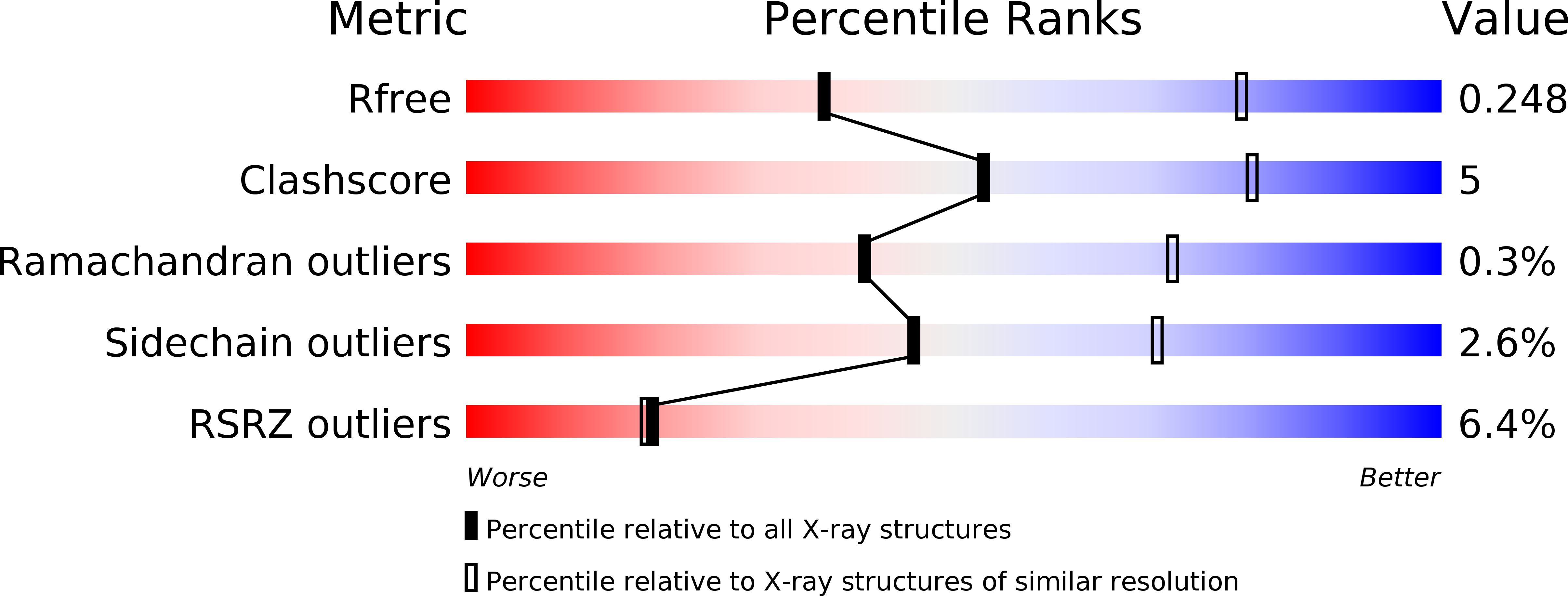
Deposition Date
2015-02-20
Release Date
2015-04-01
Last Version Date
2024-11-13
Method Details:
Experimental Method:
Resolution:
3.25 Å
R-Value Free:
0.23
R-Value Work:
0.19
R-Value Observed:
0.19
Space Group:
P 1 21 1


